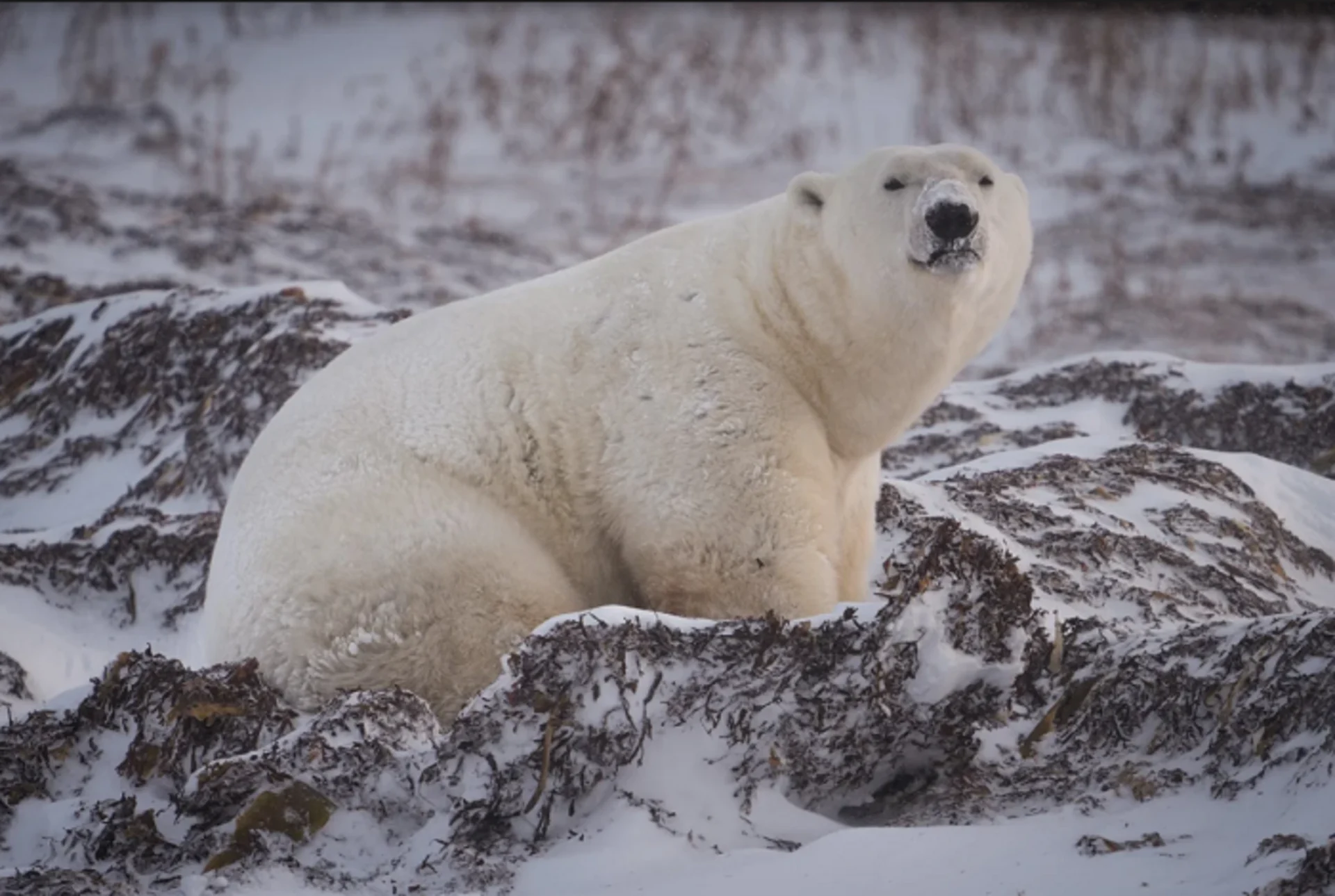
'Their fur isn't white': 5 facts about polar bears
We visited the polar bear capital of the world to learn more about this incredible species.
Polar Bear Week, which runs from October 29 to November 4, is a time to celebrate and learn how you can help polar bears and people coexist.
In 2019, I had the opportunity to visit Churchill, Manitoba, the polar bear capital of the world, during the annual polar bear migration to learn more about this incredible species.

(Photo courtesy of Mia Gordon/The Weather Network).
Here are five things I learned about these hardy creatures:
A polar bear's main diet is fat, and they have to eat around 43 ringed seals per year to survive. "They're able to digest that fat with a 96 to 97 per cent efficiency," says Dr. Ian Stirling, a scientific advisor at Polar Bears International.
A polar bear's fur isn't white. "It's sort of translucent," explains Dr. Stirling. "It reflects light, so it gives the impression of being white."
Polar bears are capable of delayed implantation and will only decide to give birth when they're ready. If the polar bear doesn't feel it has enough fat reserves to have cubs one year, it will not get pregnant.
There's a reason polar bears have small ears. It helps them preserve warmth.
A female polar bear can go up to nine months without eating. Females will often enter their dens in mid-August, and their cubs are born in December. They'll venture out into the world in March or April.










